- The Yen Tu - Vinh Nghiem - Con Son, Kiep Bac relic and scenic complex has recently been recognized by UNESCO as a World Cultural Heritage. In your opinion, how will the story of preserving and promoting the value of a World Cultural Heritage be different from previous relics? + There are certainly many differences. The work of preserving and promoting the value of heritage sites in the past basically complied with the provisions of Vietnamese law, with many regulations also localizing a number of international conventions on heritage that Vietnam has ratified. However, once listed as a World Cultural Heritage, the heritage is considered a common cultural resource of humanity, so it must fully comply with the regulations on heritage conservation according to UNESCO's international conventions. Accordingly, the standards will also be different, higher than the regulations of UNESCO; the implementation process of restoration and embellishment projects will be stricter, besides the supervision of the Ministry of Culture, Sports and Tourism, it will also be supervised by UNESCO organizations. Especially, compliance with the heritage management plan has been accepted and approved by UNESCO in the submitted dossier. |
- Quang Ninh has 5 sites and relic clusters located in the World Heritage Complex of Yen Tu - Vinh Nghiem - Con Son, Kiep Bac. These are only 5 out of dozens of sites and relic clusters belonging to the Tran, Yen Tu, and Bach Dang relic sites in the area. So in terms of perception, what will be the significance of the remaining sites/relic clusters in the complex?
+ The relic sites belonging to the World Heritage Complex of Yen Tu - Vinh Nghiem - Con Son, Kiep Bac are still in the whole with the total number of existing relics. For example, Thai Mieu, Ngoa Van hermitage - pagoda are still in the total number of tombs, temples, shrines, pagodas and towers of the Tran Dynasty in the former Dong Trieu area (now in Binh Khe and An Sinh wards - PV ), which is a testament to the homeland of the Tran Dynasty. Similarly, the pagoda and tower systems related to Truc Lam Buddhism were not only built under the Tran Dynasty but also built under other periods, associated with the existence and development of the Truc Lam Zen sect...
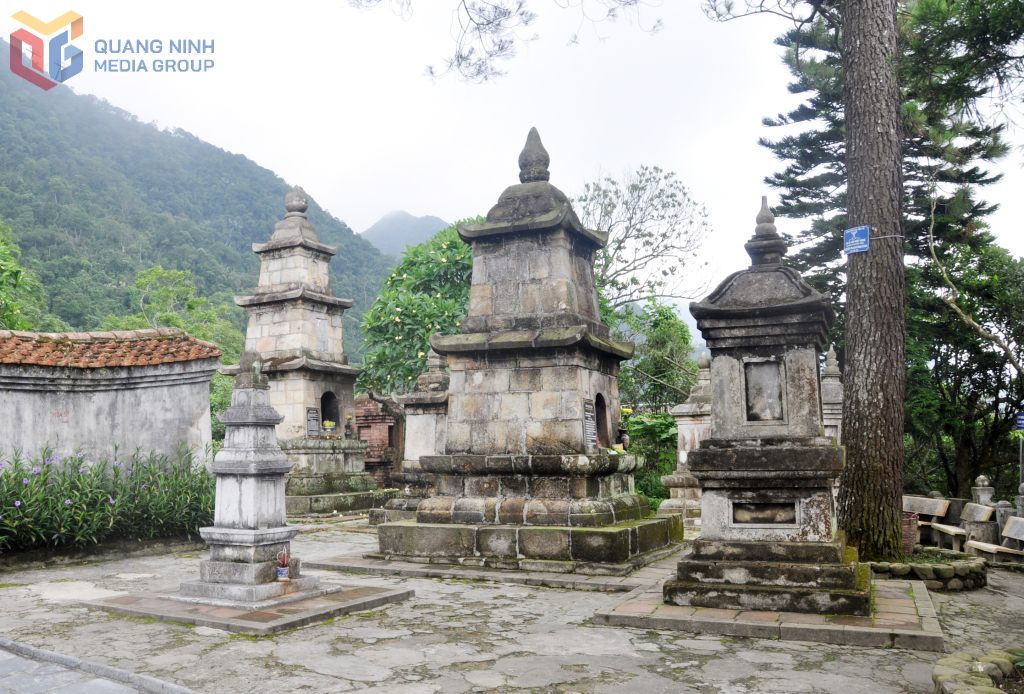
Hue Quang Tower Garden belongs to Yen Tu Relic and Scenic Area (Quang Ninh), part of the World Heritage Complex of Yen Tu - Vinh Nghiem - Con Son, Kiep Bac.
Therefore, the recognized relics are highlights, evidence that clarifies the story of the submitted dossier. In general, these relics are important components in the overall system of temple and mausoleum relics of the Tran dynasty and the pagoda and tower complex of the Truc Lam Zen sect on the Yen Tu range...
In the UNESCO recommendations, UNESCO also recommends adjusting the planning section to ensure that the relics are not separated from the system and that the relics are fully protected. And in the future, when all conditions are met, we can continue to submit to UNESCO to expand the world heritage area, just like the World Heritage Sites of Hue and Ha Long Bay can be recognized many times, not just once.
- In reality, Yen Tu welcomes millions of visitors per year, with businesses investing thousands of billions of dong in exploiting spiritual cultural tourism associated with heritage, but on the contrary, Bach Dang, the Tran Dynasty heritage site, is still struggling to find a viable exploitation direction. In your opinion, what should Quang Ninh do to attract businesses to invest in heritage as well as promote the differences between Yen Tu, Bach Dang, and Tran Dynasty relic sites?
+ Yen Tu is a large, sacred spiritual cultural area that tourists can easily feel and they come to Yen Tu to feel the sacred atmosphere of the Buddha land, that is enough, even many tourists choose to come to Yen Tu year after year.
Bach Dang heritage has very different characteristics from Yen Tu. The relic attracts people who want to learn about the value of the heritage, the scale of attracting tourists will also be different from Yen Tu. Therefore, in Bach Dang, if you want to attract tourists, you need to invest in research and interpretation of the relic to help viewers easily understand and feel the historical and cultural values associated with the relic. Displaying the original relic without interpretation of the relic like the current Bach Dang relic is difficult to attract tourists.
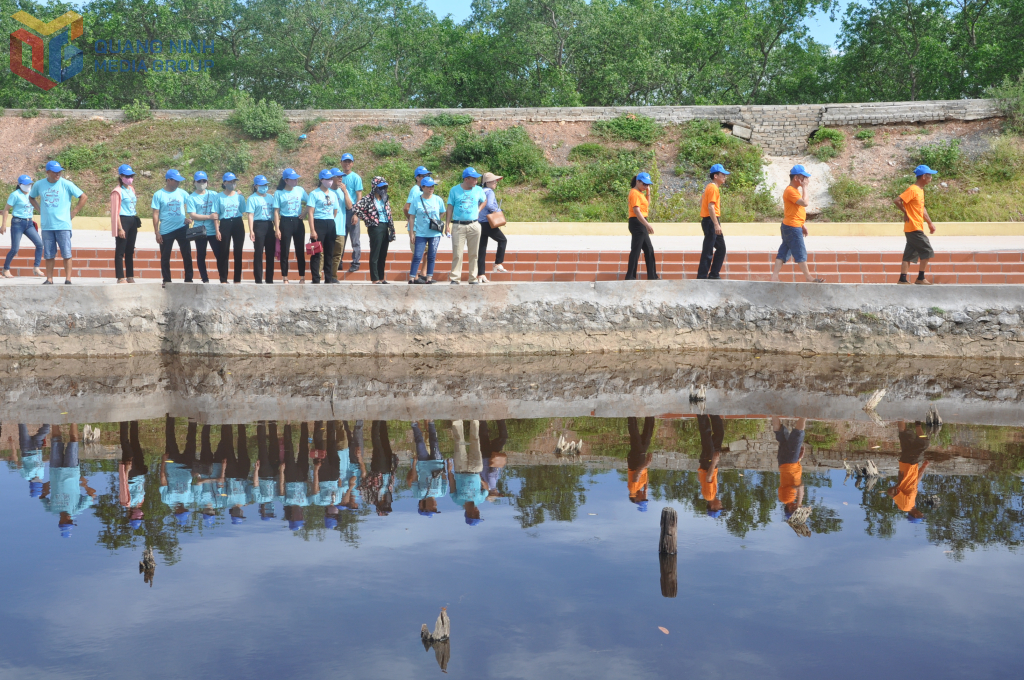
Tourists visit Yen Giang stake field - a living evidence of the Bach Dang Victory in 1288, a relic site in the World Heritage Complex of Yen Tu - Vinh Nghiem - Con Son, Kiep Bac.
Regarding the interpretation of the story of Bach Dang relic, of course this is not an easy task, but I think there are many ways, such as applying technology to restore the old battles. From there, visitors can imagine how the wooden stakes that still exist today participated in the Bach Dang battle in 1288, and technology can even help viewers feel like they are participating in the battle... To do that, research and interpretation must come first; techniques and technology are just solutions, the core must still come from research.
Furthermore, the Bach Dang area currently does not have a service system to support tourists like Yen Tu and other places. The problem is that if it is infrastructure, businesses can be invited to do it, but the planning stage to tell the story of what happened at those relics is currently not done at Bach Dang, and without planning, no business is willing to invest.
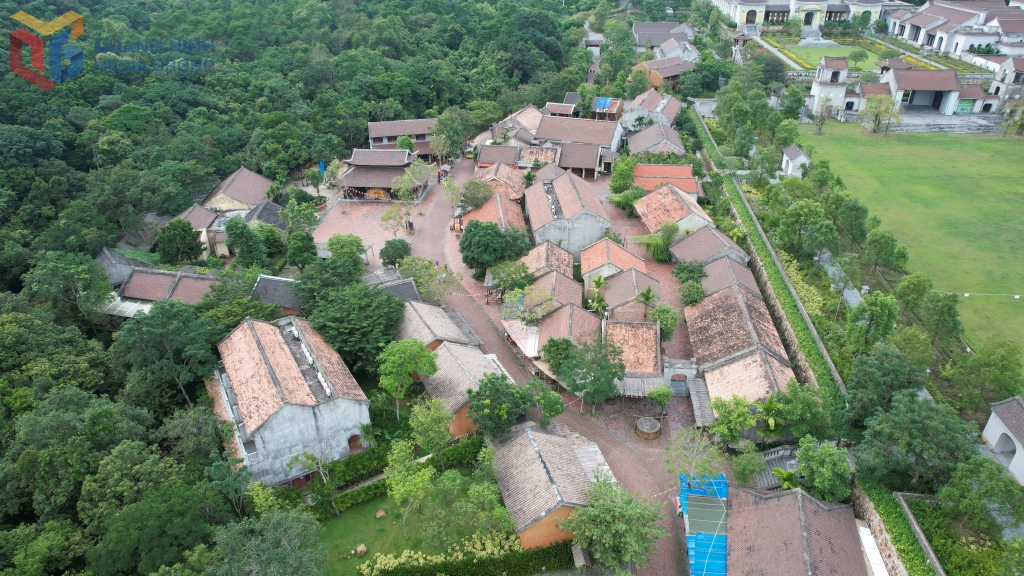
Nuong Yen Tu Village at the foot of Yen Tu Mountain is a service area invested by businesses to serve tourists when they come to the famous mountain.
- The world heritage complex Yen Tu - Vinh Nghiem - Con Son, Kiep Bac is an inter-regional heritage, not only the relics in the three localities of Quang Ninh, Bac Ninh, Hai Phong but also the relics in the area are geographically distant. In your opinion, how can we connect these heritages in the story of managing and exploiting heritage values?
+ I think that with the 3 heritage areas in Quang Ninh, we can exploit at least 2 different aspects. Firstly, Yen Tu - Tran Dynasty is a story of connection related to Truc Lam Buddhism, with the integration of 2 elements of Tran Dynasty and Truc Lam. The story of King Tran Nhan Tong's renunciation and enlightenment, preaching, and saving monks simulates the process of renunciation and enlightenment of Buddha Shakyamuni and the important landmarks in his religious life are holy relics, so it is possible to connect Yen Tu - Ngoa Van and other points to create a tour route similar to the route of Tu Bo De Tam associated with the holy relics of Buddha Shakyamuni in India.
Second, with Bach Dang, it is possible to connect the tour to visit the ancient Bach Dang battle from this side of Quang Ninh to the areas of Luu Kiem, Luu Ky, Trang Kenh of Hai Phong, Thien Long Uyen in Hoang Que ward (Quang Ninh province). In which, Bach Dang is a relic directly related to the battlefield, the stakes on the river commanded by Tran Hung Dao; and the riverside area of Hai Phong and Thien Long Uyen are considered to be related to the armies of the two Tran kings in 1288.
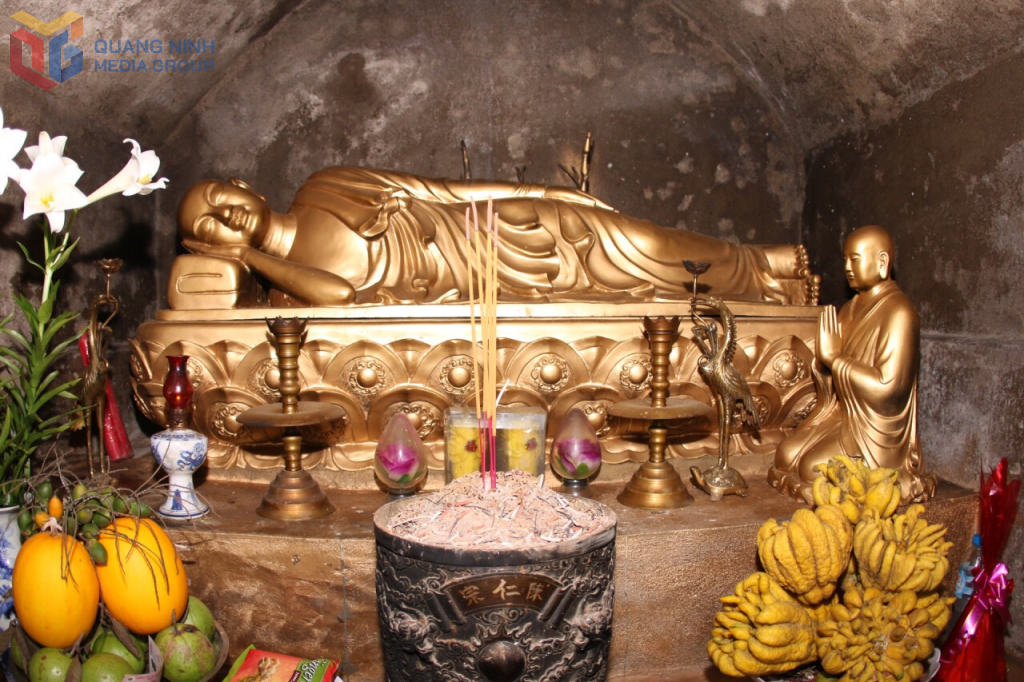
Statue of Buddha entering nirvana at Ngoa Van hermitage.
This approach can be applied similarly to the relics in Bac Ninh and Hai Phong as well as connecting the space between the 3 provinces and cities in the heritage area. To do this, localities must proactively connect with each other. And the most taboo is the extreme and absolute value of their relics in the style of "this place is the most sacred", but need to interpret each point/group of relics as a part of the story.
Thus, when promoting, promote according to the meaning of the story, each position has its own meaning and value, forming a complete story. This originates from awareness leading to action, there needs to be connection and support in promoting and advertising so that tourists can get the most necessary, complete and comprehensive information.
- Looking at the world, some countries in Asia also have valuable experience in managing world cultural heritages. In your opinion, is there anything Quang Ninh can learn from?
+ The World Heritage Complex of Yen Tu - Vinh Nghiem - Con Son, Kiep Bac is a chain of relics, the story of the heritage is expressed in relics that are quite far apart, so the management work is complicated. Therefore, we can learn how to manage relics in the Nana area (Japan), where there are many different relics, people decentralize management to the locations, but all must comply with regulations and principles.
In Vietnam, each locality has a management apparatus, but the operation and implementation of management, conservation and promotion of values, units in the three localities must comply with unified regulations, and each locality cannot manage according to a different standard or in a different way.
- Thank you for the chat!
Phan Hang (Implementation)
Source: https://baoquangninh.vn/di-san-the-gioi-can-tuan-thu-cac-tieu-chuan-cao-hon-theo-cong-uoc-quoc-te-cua-unesco-3369186.html


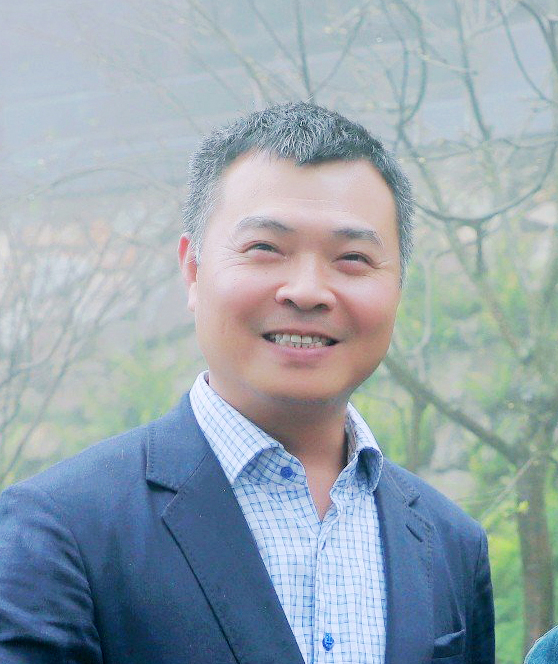




![[Photo] Hanoi morning of October 1: Prolonged flooding, people wade to work](https://vphoto.vietnam.vn/thumb/1200x675/vietnam/resource/IMAGE/2025/10/1/189be28938e3493fa26b2938efa2059e)

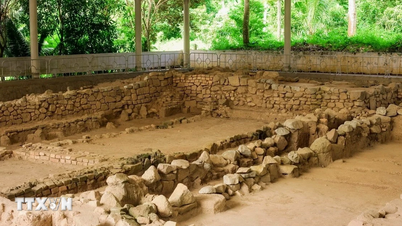























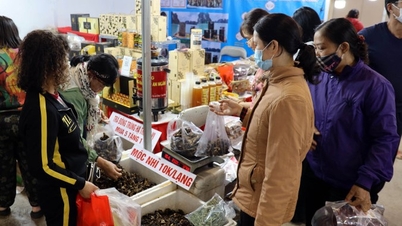
![[Photo] The 1st Congress of Phu Tho Provincial Party Committee, term 2025-2030](https://vphoto.vietnam.vn/thumb/1200x675/vietnam/resource/IMAGE/2025/9/30/1507da06216649bba8a1ce6251816820)
![[Photo] Panorama of the cable-stayed bridge, the final bottleneck of the Ben Luc-Long Thanh expressway](https://vphoto.vietnam.vn/thumb/1200x675/vietnam/resource/IMAGE/2025/9/30/391fdf21025541d6b2f092e49a17243f)
![[Photo] President Luong Cuong receives President of the Cuban National Assembly Esteban Lazo Hernandez](https://vphoto.vietnam.vn/thumb/1200x675/vietnam/resource/IMAGE/2025/9/30/4d38932911c24f6ea1936252bd5427fa)


















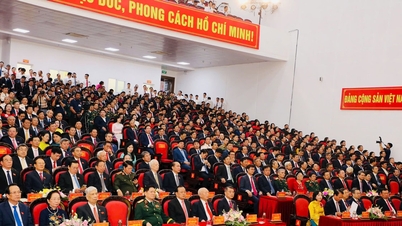

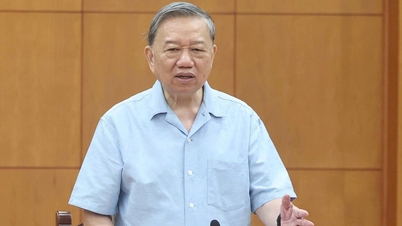
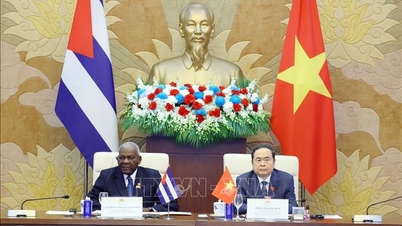









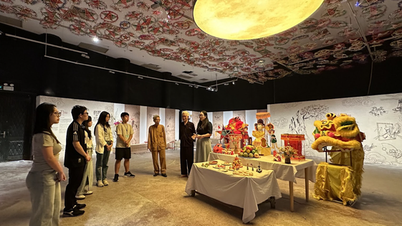

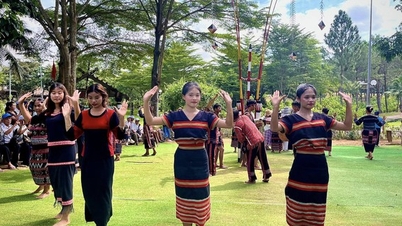
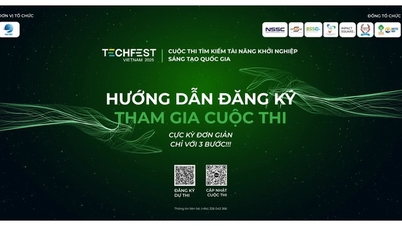

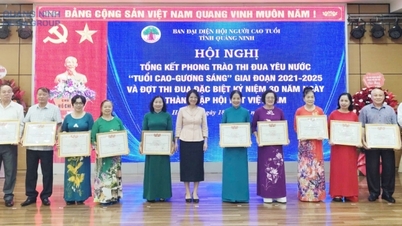



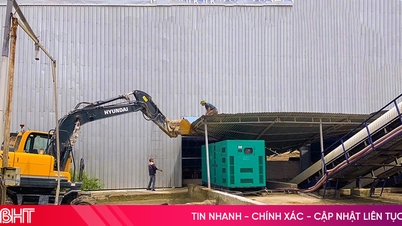

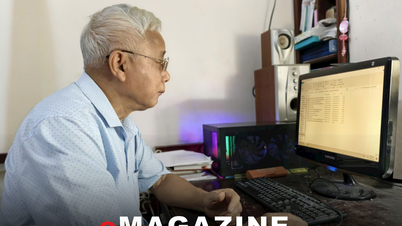

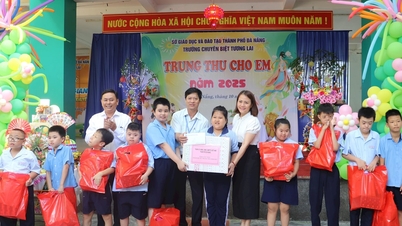















Comment (0)